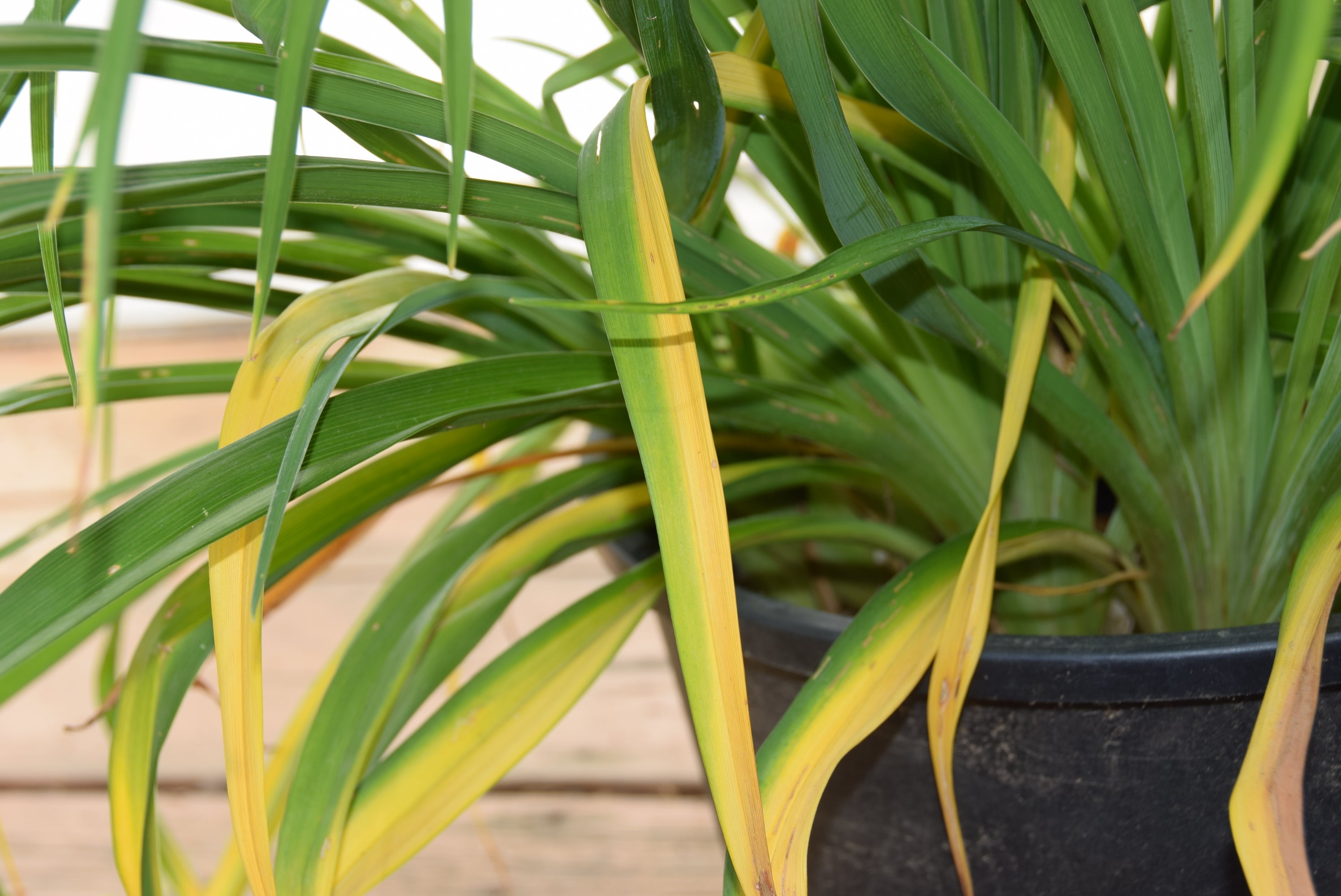Streaks On Daylily Leaves: Learn About Daylily Leaf Streak Disease


Daylily plants are among one of the most popular perennial landscaping flowers in the United States, and for good reason. Their disease resistance and hardy vigor allows them to thrive in a diverse set of growing conditions. Whether grown in full sun or partial shade, daylily plants will reward homeowners with a profusion of large blooms and glossy green foliage throughout the entire growing season.
While robust, there are some issues that may cause these plants to struggle in the garden. Daylily leaf streak, for instance, can cause distress for both growers and daylily plants.
What is Daylily Leaf Streak?
When daylily leaf streak presents itself, the fungus Aureobasidium microstictum has infected the plant. Daylilies with leaf streak may initially show very few signs of infection. However, upon closer inspection, growers may first begin to notice some yellowing of the plant’s leaves along the midrib.
As the disease progresses, the streaks on daylily leaves will begin to darken and turn brown. These brown streaks will eventually cause the individual leaf to die back. While most infections will not cause the entire plant to die, daylilies with leaf streak may lose several leaves throughout the course of the season.
Controlling Daylily Leaf Streak Fungus
Streaks on daylily leaves most commonly begin during periods of hot and wet weather. This is when conditions are ideal for fungal spores to be released. Since this fungus is known to overwinter in the garden in debris from previous seasons, garden cleanup is a key aspect of prevention.
The leaves of daylilies with leaf streak should be immediately removed from the plant and destroyed. In addition to this maintenance practice, growers should always avoid wetting the leaves when watering. Since fungal spores often spread through wet environments and splashes of water, this will help prevent further spread.
If streaks on daylily leaves become a consistent yearly issue, the use of fungicides is an option. As always, make certain to follow label instructions carefully. If treating with a fungicide, the product should only be used when conditions are optimal for the fungal disease to begin.
Sign up for the Gardening Know How newsletter today and receive a free copy of our e-book "How to Grow Delicious Tomatoes".
If planning to add more daylilies to the garden, you can choose varieties specifically resistant to daylily leaf streak. With a few simple steps, controlling daylily leaf streak and preventing its spread can help ensure beautiful plants all summer long.

Tonya Barnett has been gardening for 13 years. Flowers are her passion. She has transformed her backyard into a cut flower garden, which she regularly chronicles on her YouTube channel http://www.youtube.com/@tonyawiththeflowers.